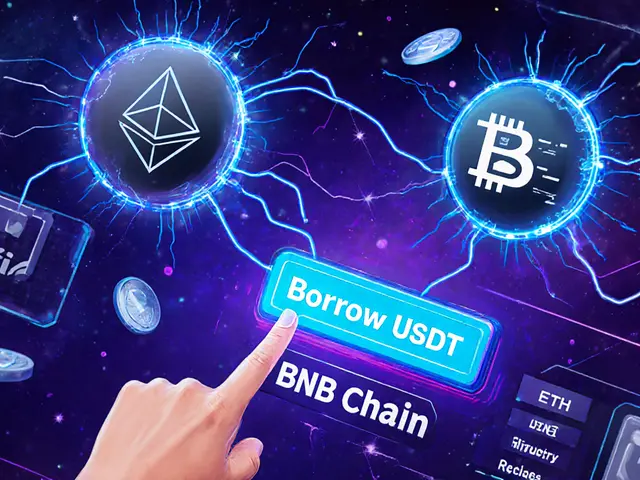DFA Framework – Your Guide to Smarter Crypto Decisions
When working with DFA framework, a structured methodology for evaluating crypto projects, covering tokenomics, regulatory compliance, and market potential. Also known as Decision Framework Analysis, it helps investors compare options systematically., you instantly get a checklist that cuts through hype. The DFA framework encompasses risk assessment, profit potential, and legal outlook, so you can see whether a new meme token or a serious DeFi platform passes the bar. It requires data‑driven metrics like on‑chain activity, exchange liquidity, and community size. In practice, you’ll apply the framework to everything from a fresh airdrop to a complex exchange review, making each step transparent and repeatable.
Key Elements That Plug Into the DFA Framework
One of the core entities the DFA framework interacts with is cryptocurrency, any digital asset that runs on blockchain technology, from Bitcoin to niche meme coins. Cryptocurrency market trends influence the framework’s weighting of tokenomics versus hype. Another vital piece is the crypto exchange, a platform where users trade digital assets, each with its own fee structure, security model, and user experience. The framework evaluates exchange reviews by checking fees, security certifications, and liquidity, turning a vague impression into a concrete score. Airdrop, a distribution event where free tokens are given to eligible participants, often tied to community actions or holding requirements also fits neatly: the DFA framework checks claim procedures, tokenomics, and post‑airdrop price stability, so you know if it’s a genuine opportunity or a pump‑and‑dump trap. Finally, crypto tax, the regulatory rules governing how digital asset transactions are reported and taxed rounds out the picture, ensuring your strategy stays compliant while maximizing after‑tax returns.
Putting those pieces together, the DFA framework creates a clear roadmap: start with the token’s fundamentals, layer in exchange quality, verify any airdrop claims, and finish with tax implications. Below you’ll find a curated set of articles that apply this exact approach—deep dives into meme coins, exchange comparisons, underground market premiums, tax avoidance vs. evasion, and more—so you can see the framework in action and start building your own disciplined crypto playbook.

A detailed guide on Indonesia's 2025 crypto exchange licensing, covering the OJK regulatory shift, capital thresholds, step‑by‑step application, compliance, taxation, and future outlook.
Continue Reading





